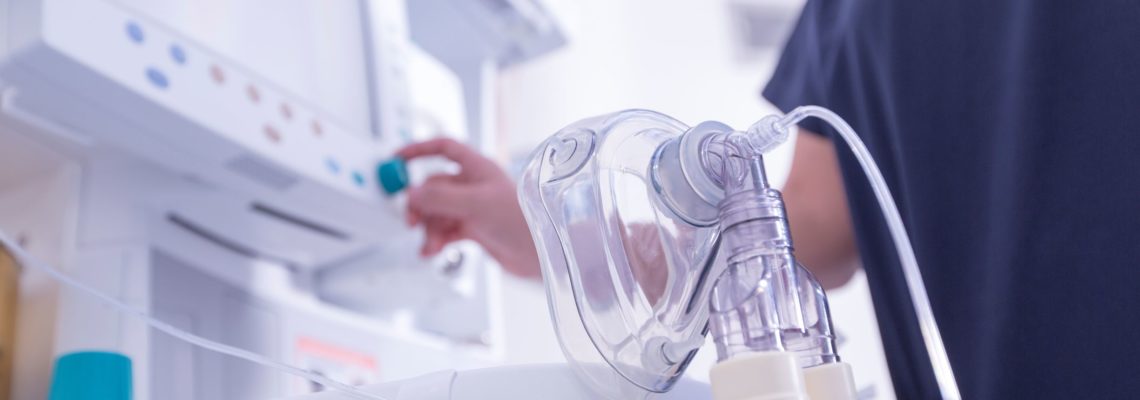The acronym GMP refers to the good manufacturing practices promoted by the U.S. Food and Drug Administration (FDA) under the remit of the FD&C Act; which mandates strict levels of quality assurance at every stage of the pharmaceutical manufacturing chain. Although GMP principles are not exclusive to drug production and packaging, this article will focus specifically on GMP guidelines in the pharma industry.
What Exactly is GMP?
Good manufacturing practice is a critical system used to ensure that drugs and medical devices are produced according to the highest quality standards. Although the overarching framework of GMP is set up by the FDA, continuously adhering to the most stringent levels of quality control demands a robust set of internal protocols for ensuring that every link in the manufacturing chain is above reproach from a quality assurance perspective. Essentially, GMP is a pharmaceutical quality benchmark which is achieved by setting an extremely high bar for ongoing QA/QC.
Understanding GMP Pharma Guidelines
As most GMP principles are relatively open-ended, the onus is on the pharmaceutical manufacturer, processer, and/or packager to implement the necessary controls which are in-keeping with current good manufacturing practices (cGMP). Current indicates that the systems used should be reasonably up-to-date. So, while there is an element of interpretation and flexibility in cGMP guidelines, modern systems should be deployed in order for the QA process to be adequate.
The FDA defines company GMP practices as a formal system of controls which help to prevent contamination, deviation, errors, failures, and mix-ups which will ensure that drug products meet internal quality standards:
“This includes establishing strong quality management systems, obtaining quality raw materials, establishing robust operating procedures, detecting and investigating product quality deviations, and maintaining reliable testing laboratories.”
Consequences of GMP Non-Compliance
GMP guidelines in the pharma industry are established to prevent contamination and errors which could be hazardous—or in the worst case fatal—for end users. Adhering to GMP guidelines also mitigates the risk of delivering ineffective products to consumers. As a result, non-compliance opens the door to litigation and regulatory action.
The FDA considers any drug manufactured by a company not complying with cGMP standards to be adulterated, and though distribution is rarely halted to minimize disruption to established patient therapies, action may be taken cease manufacture where a drug is deemed unsafe. In other cases, such as where a product does not offer the marketed benefits, the FDA may order a recall and seize the drug on the rate occasion when a pharma company refuses to comply with that request.
Fortunately, the FDA routinely publishes guidance documents for complying with GMP pharma regulations, to help new drug companies learn the basics of cGMP and how to reduce the risk of releasing a sub-par product to market.
Following GMP Pharma Guidelines
It is important to remember that cGMP protocols set the bar for a minimum level of pharmaceutical quality, and that many companies will have existing QA/QC practices which go above and beyond the regulatory requirements. But it is never worth running the risk of non-compliance. If you are involved in the pharmaceutical manufacturing chain and would like to ensure your test results are in line with cGMP guidelines, why not contact a member of the Jordi team today?
Source:





